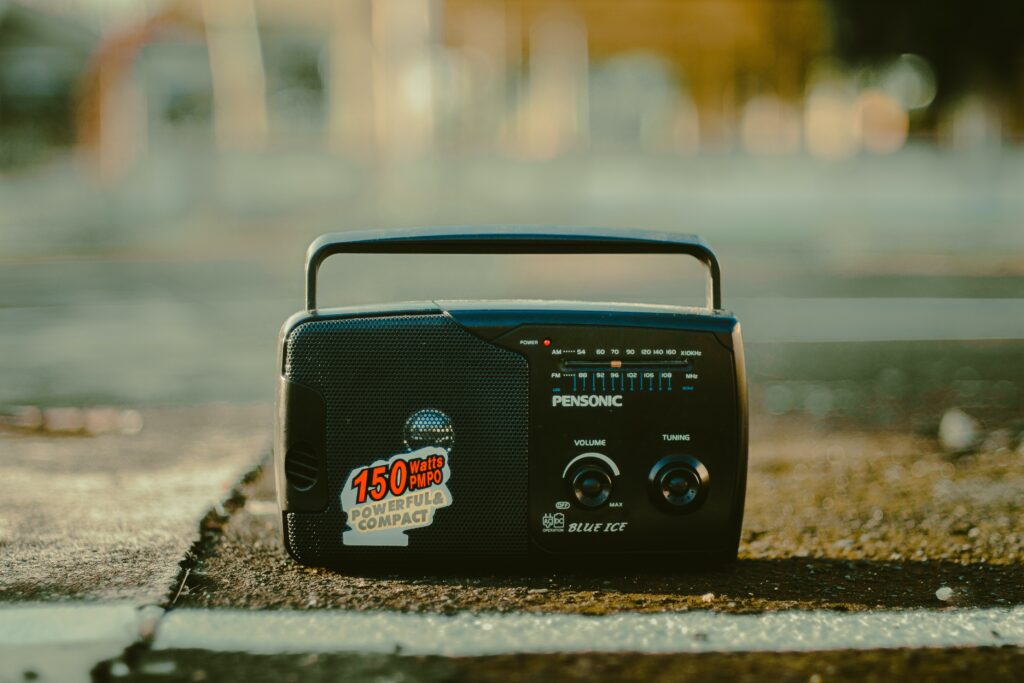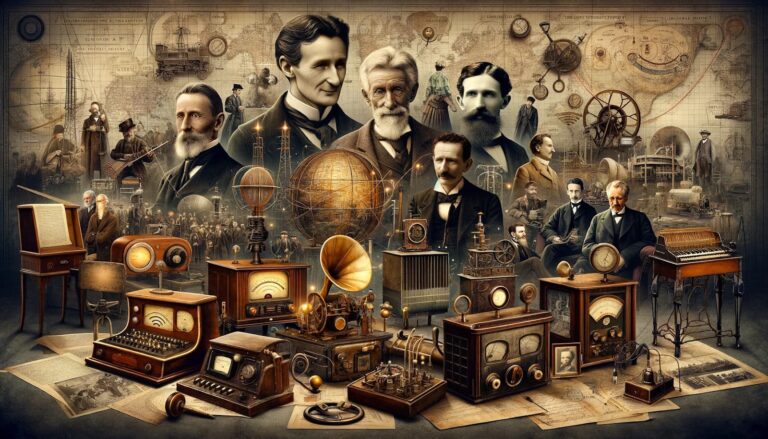Radio is one of the main achievements of technical progress, developed by humans. It served as the genesis of the wireless communication era, transforming the methods by which we absorb information and spend leisure time. Although modern technologies, such as the internet and television, often relegate radio to the background, its influence on society remains substantial. In this material, we will delve into the past of radio and its evolution.
Theoretical prerequisites and initial experiments
The beginning of the radio history is associated with research in the field of electromagnetic radiation, conducted by scientists such as Michael Faraday and James Clerk Maxwell, in the middle of the 19th century. However, the key figures who made the main contribution to the emergence of radio are Guglielmo Marconi and Nikola Tesla.
In 1891, Nikola Tesla demonstrated the wireless transmission of energy using a Tesla coil. This became a defining event in the formation of radiocommunication, however, Tesla himself did not create a holistic radio system.
Guglielmo Marconi’s contribution
Guglielmo Marconi, an Italian scientist and inventor, is often called “the father of radio.” In 1895, Marconi developed a system that could transmit wireless signals over considerable distances. Marconi improved and advanced radio technology, creating radio stations and transmitters in different parts of the world.
In 1899, Marconi made the first wireless communication across the English Channel in world history, and in 1901 he demonstrated the reality of transatlantic radiocommunication.

Advancement of Broadcast
Communication In the early 20th century, the initiation of radio broadcasting set the stage for a revolution in global communication. In 1906, Reginald Fessenden’s landmark transmission of the first audible message featuring music and speech using amplitude modulation (AM) set a significant precedent in the journey of radio towards a mainstream communication medium.
By the 1920s, the radio had found its way into countless households worldwide. The United States led the charge in this global penetration with KDKA station in Pittsburgh, Pennsylvania, launching the first commercial radio station to commence regular broadcasts in 1920.
Nowadays, radio communication stretches far beyond traditional AM/FM signals, encompassing online radio stations, podcasts, and streaming platforms. The medium continues to evolve, mirroring technological advancements and shifting audience tastes, maintaining its role as a vital communication tool for millions across the globe.
Podcasts and Streaming: A New Era The rise of podcasts and streaming platforms can be attributed to their wide-ranging subject matter and the ease of content creation. Podcasts, a contemporary reincarnation of the classic radio show, offer audiences the flexibility to access programming on diverse topics as per their convenience.
Streaming companies like Spotify and Apple Music democratize radio by providing access to a vast collection of songs and podcasts anytime, anywhere. This freedom of choice hands listeners the power to control their content consumption.
20th Century Radio Revolution
The 1930s saw radio receivers becoming a standard household item across the US and Europe. This was radio’s golden era as it brought a revolution in news broadcasting, introduced innovative entertainment formats like radio shows and serials, and morphed into a potent instrument for political propaganda, notably during World War II.
The invention of frequency modulated (FM) signals in 1933 by American scientist Edwin Howard Armstrong was another significant step in the evolution of radio. FM offered superior sound quality compared to AM, making it the preferred choice for music broadcasts.
The Digital Radio Shift
The late 20th century heralded the transition to digital radio broadcasting, offering enhanced sound quality, expanded radio station offerings, and more informative broadcasts with details like track titles and artists.
Europe witnessed the introduction of the first digital radio systems like DAB (Digital Audio Broadcasting) in the 1990s. In contrast, the United States adopted HD Radio as its primary digital broadcasting format in 2002.
The Advent of Satellite and Internet
Radio As the 20th century drew to a close, the realm of radio expanded further, with satellite radio services like Sirius XM launching in the US in the early 2000s. These services offered hundreds of ad-free, genre-specific stations.
Internet radio extended broadcasting’s geographical reach, enabling anyone with an internet connection to establish their radio station. Modern platforms like Spotify, Apple Music, and Pandora deliver radio streaming services to mobile devices, reaching millions of listeners globally. The evolution of radio persists in response to technological advancements and societal shifts. Even today, radio remains a pivotal societal component, delivering news, entertainment, and crucial links in emergencies. Despite the advent of various new media forms, radio continues to hold its ground, reaffirming the significance of wireless communication in our world.















